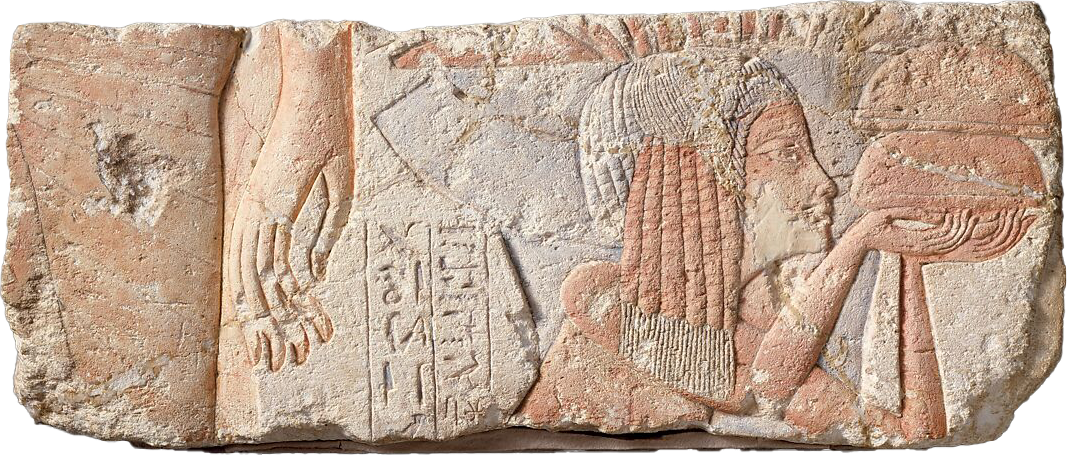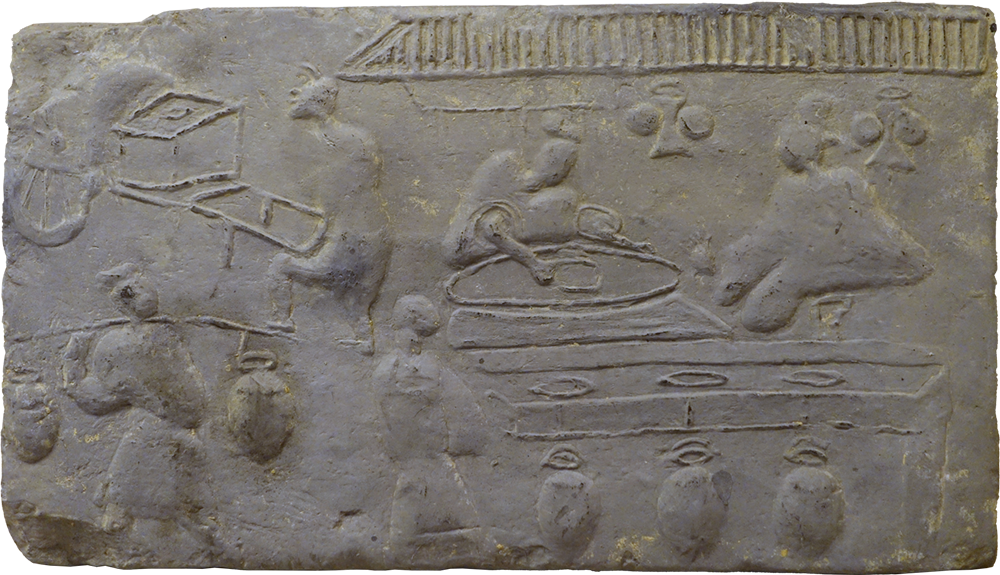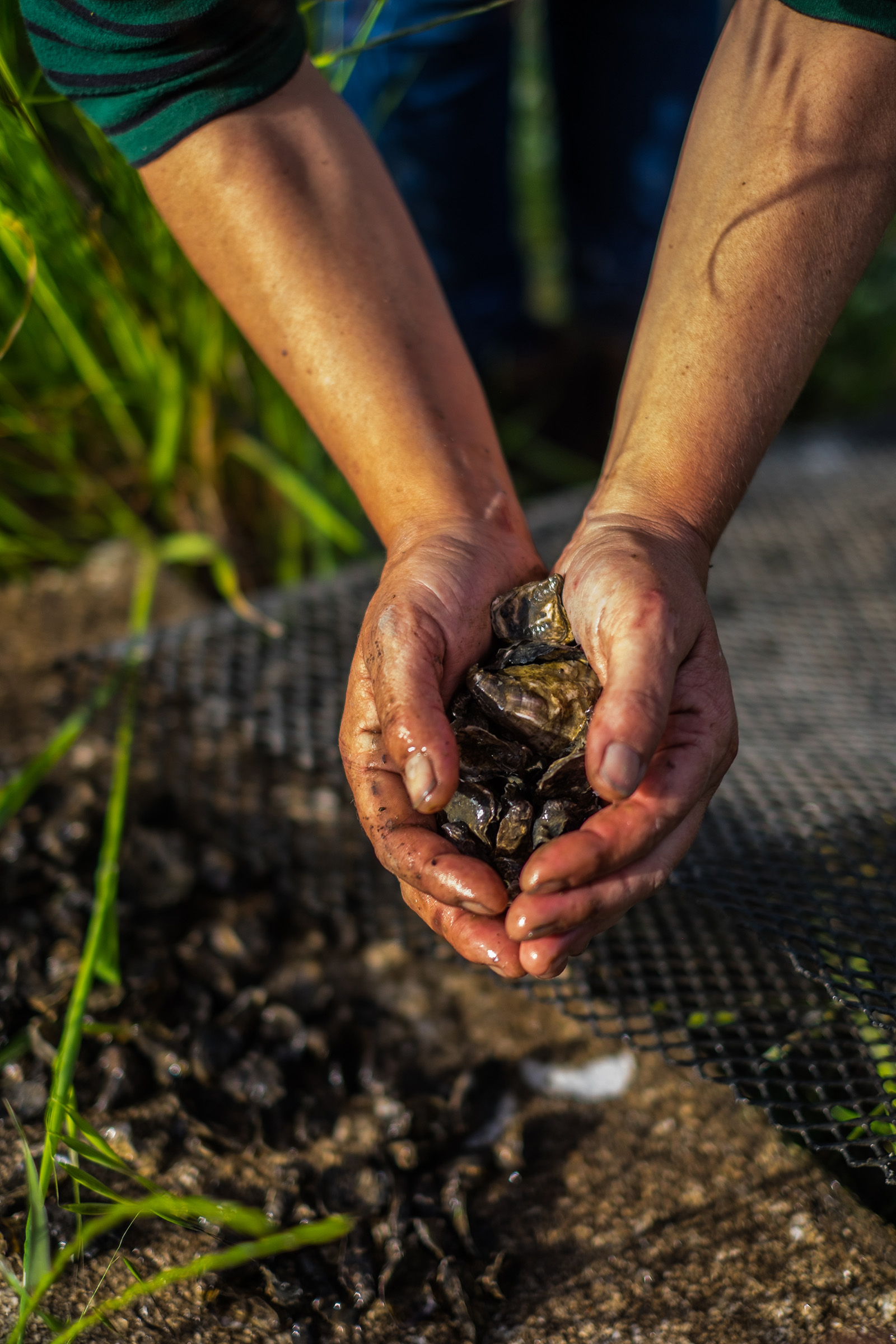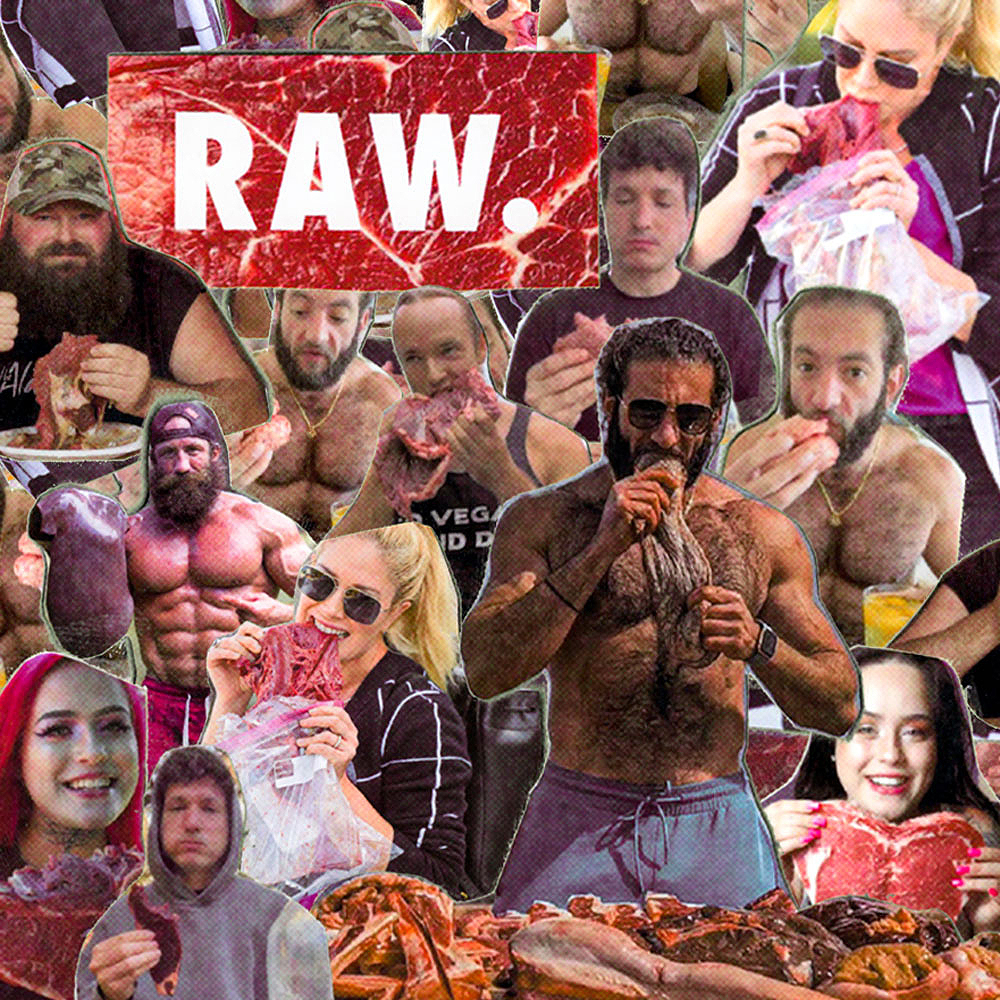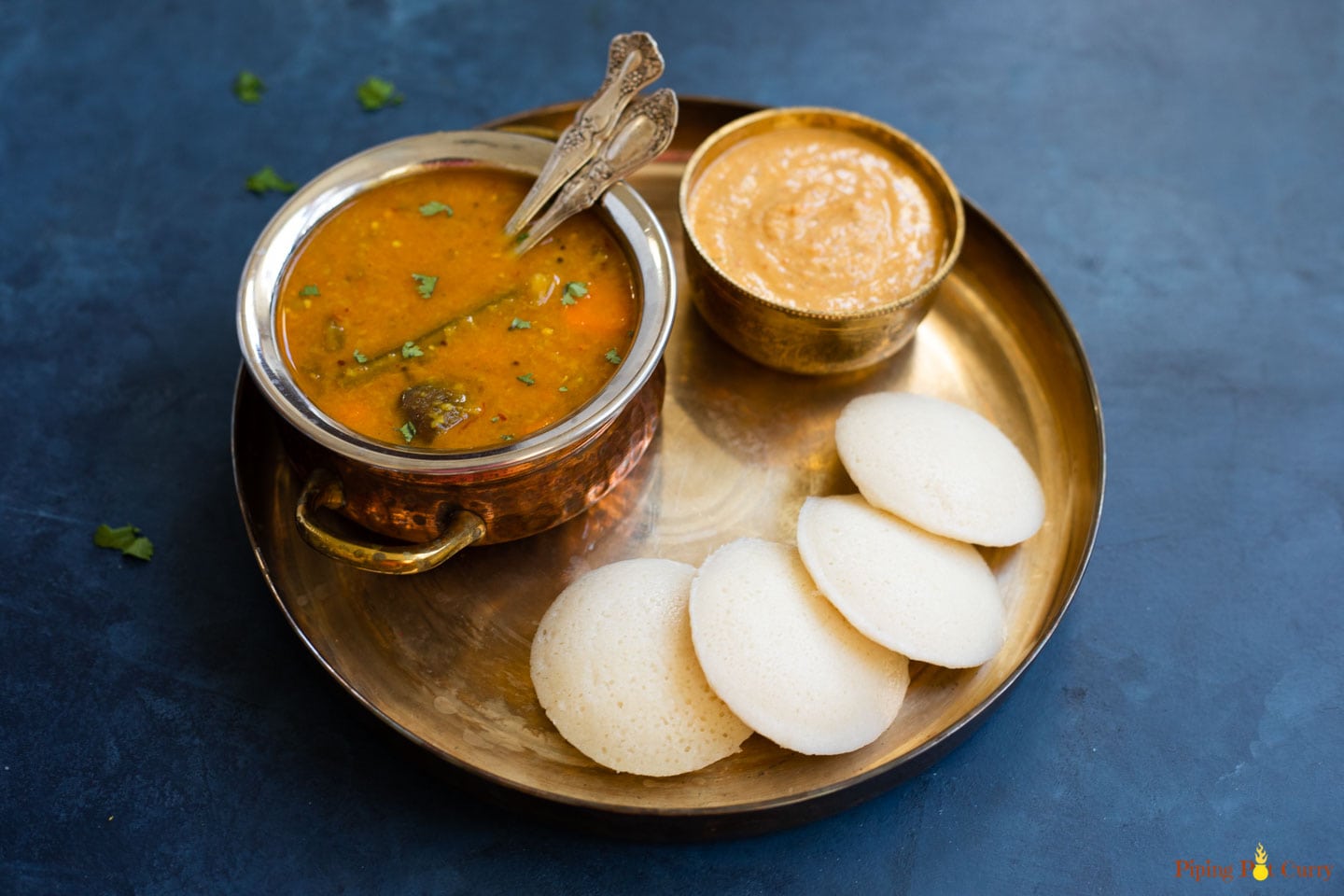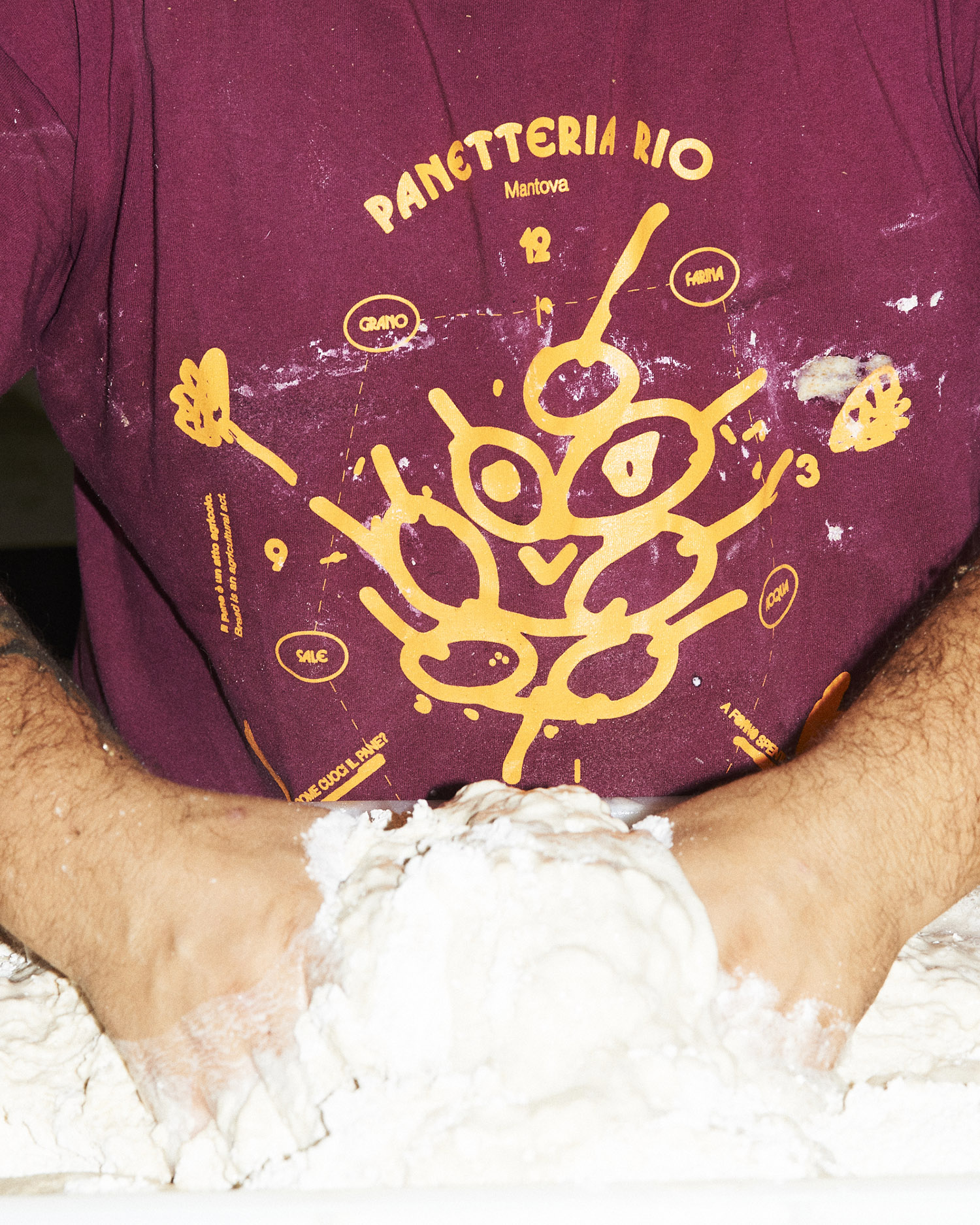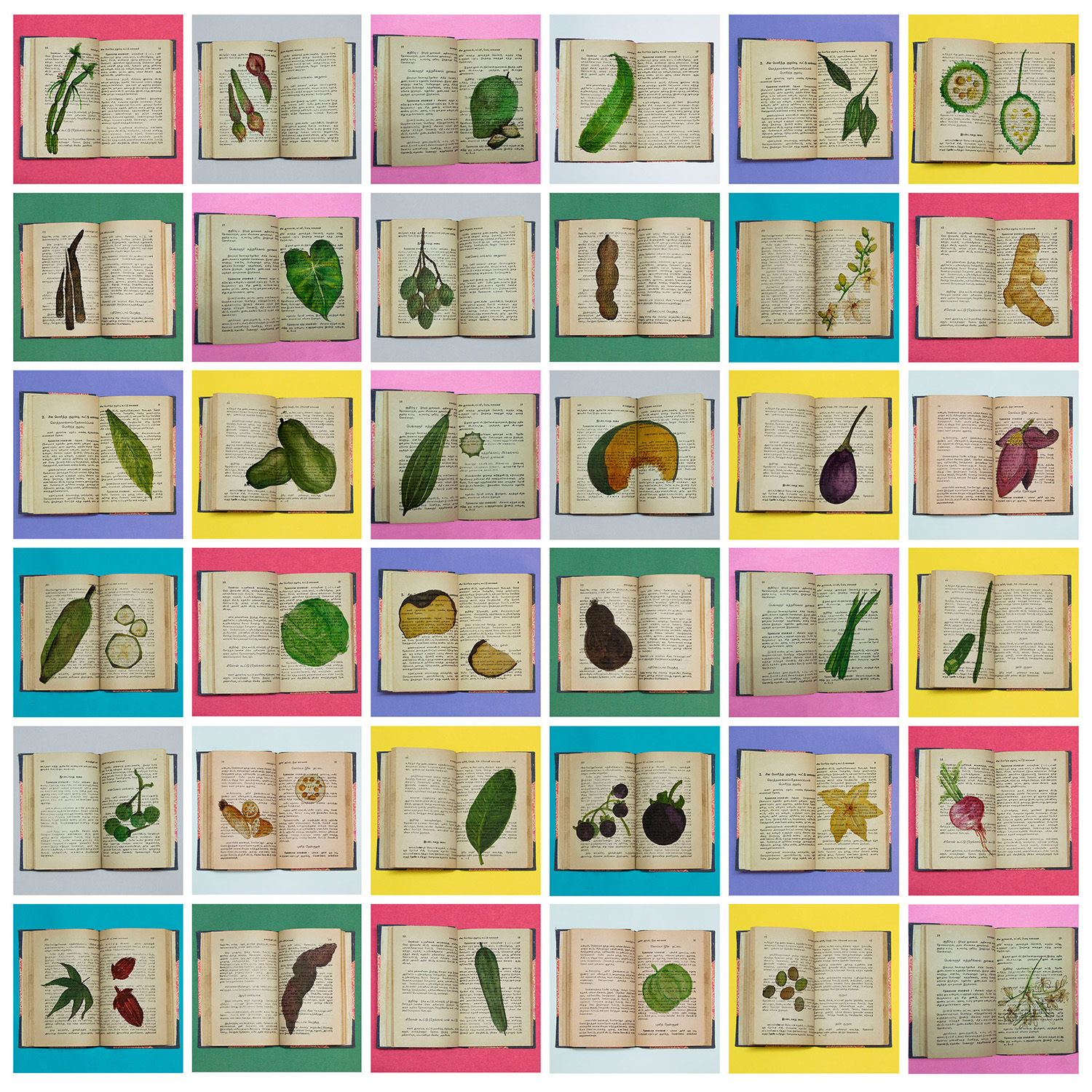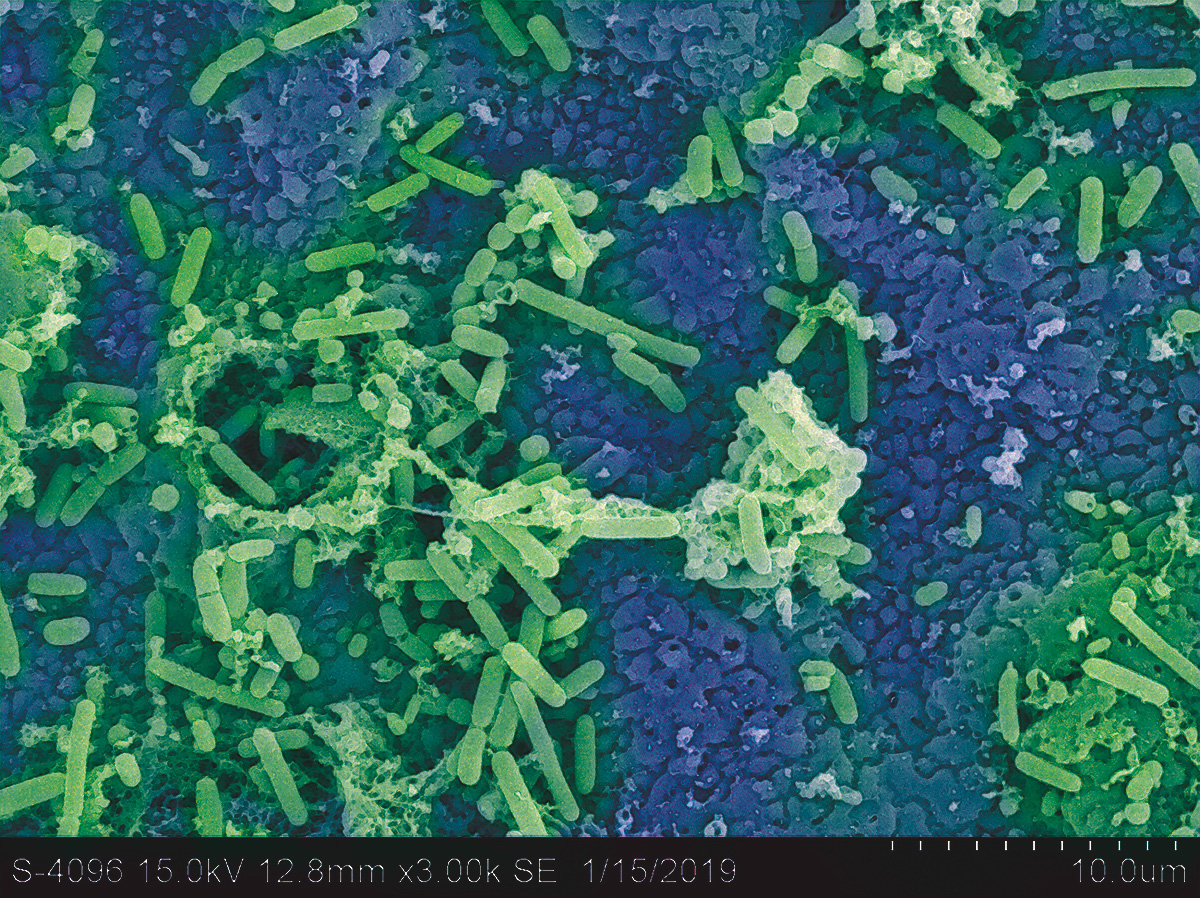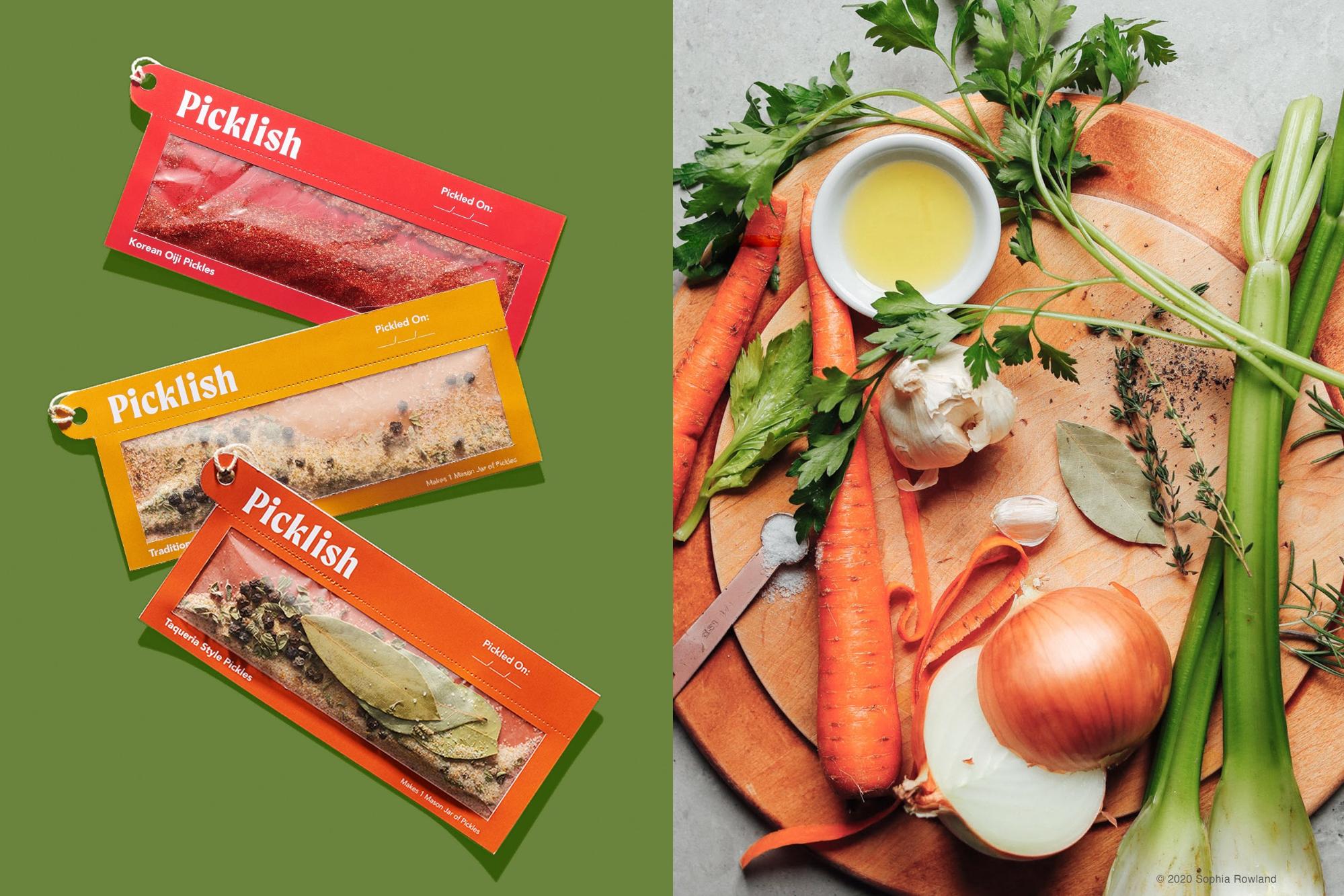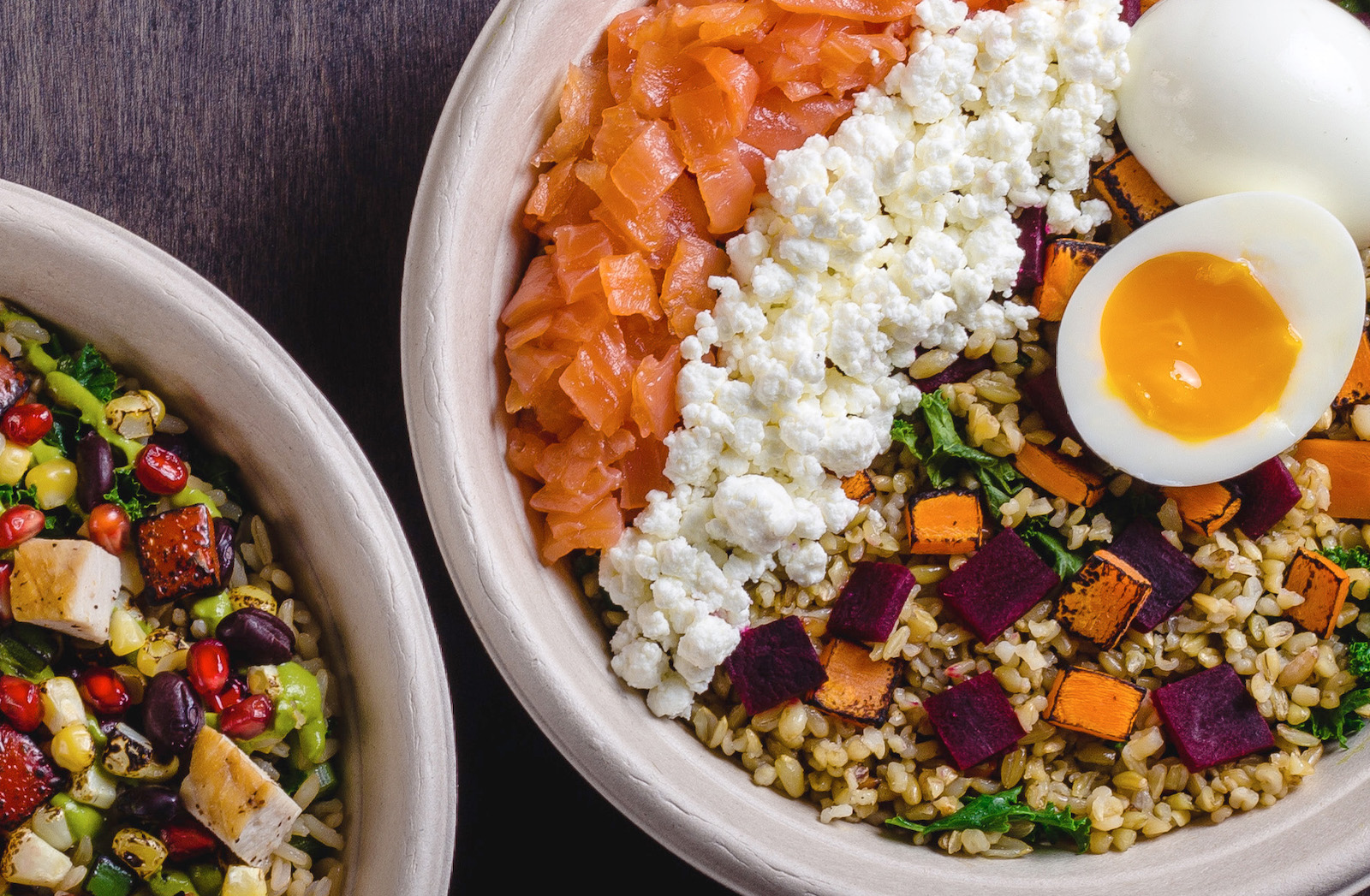Although the environmental concerns of traditional livestock farming are gradually gaining recognition, the transition to alternative protein sources is still challenging for the general public. With their low resource requirements and minimal CO2 emissions, insects have been lauded as both an efficient and environmentally friendly replacement for animal proteins. Yet the switch to insects isn’t easy; not only are people reluctant to eat foods that have traditionally been absent from their diets, but insect-based products are still uncommon in Western markets. Seek Food aims to facilitate this change, providing easier access to and more consumer-friendly versions of insect proteins.
 The cricket protein baking flours can replace other flours cup-for-cup, and the pure cricket powder is a great protein additive to liquid based foods like smoothies or ice cream.
The cricket protein baking flours can replace other flours cup-for-cup, and the pure cricket powder is a great protein additive to liquid based foods like smoothies or ice cream.
Seek Food launched its own line of cricket-fortified baking powders with a Kickstarter campaign to fund the production of its new product line. At press time, the campaign has nearly doubled its fundraising goal with pledge levels that not only promise cricket flours for all your baking projects, but a cookbook that collects recipes from some of the United States’ most sought-after chefs. The cricket-based flours come in four varieties: all purpose, gluten free, paleo, and a keto friendly pure cricket protein powder. Founder of Seek Food, Robyn Shapiro, cites a desire to make cooking with crickets more versatile as her motivation for developing cricket-fortified flours. After founding Seek Food two years ago, selling cricket protein snack bites and granola, Shapiro listened to consumer responses, noting both at-home cooks and professional chefs wanted to experiment freely with insects. She then “decided to give chefs, bakers and home cooks everywhere the tools to do crickets their way,” Shapiro told MOLD in an exclusive interview. This prompted her decision to develop flours with cricket protein that could be used in a variety of different ways, teaching people how to cook creatively with crickets.
 Charred cauliflower and cricket hummus by chef Gabe Kennedy of The Little Beet.
Charred cauliflower and cricket hummus by chef Gabe Kennedy of The Little Beet.
Alongside the release of its new cricket-based flours, Seek has collaborated with a number of renowned chefs to assemble “The Cricket Cookbook,” the first cookbook full of cricket-focused recipes. The book features recipes from James-Beard Award Winning and Michelin Star chefs, in addition to chefs that have incorporated insects into their menus in the past. The cookbook includes a wide range of recipes, covering everything from roasted cauliflower hummus with cricket protein, to a sweet plantain cake made with cricket flour. The Cricket Cookbook makes incorporating Seek’s new cricket-based flours both easier and more appealing for home chefs.
 A spiced plantain and cricket flour cake by chef Adriana Urbina of De Maria.
A spiced plantain and cricket flour cake by chef Adriana Urbina of De Maria.
Shapiro’s interest in sustainable food stems from her time spent in Europe; after living in Switzerland for five years she noticed a difference in the Swiss food system, explaining to MOLD that, “there was a pragmatism to how life worked there, and in many of the European countries that I frequented, and I wanted to put that approach to work back in the US. The way I saw it, the American diet was influencing global eating habits, so if I could chip away at some of the issues here, I could begin to create a real impact.” After reading a report presented by the United Nations Food and Agriculture Organization on insects as the future of food security, she became fascinated with the idea of edible insects as the answer to the problems she was seeing in our food system.
 Tamales with cricket flour and braised bison by Sean Sherman, The Sioux Chef of Minnesota.
Tamales with cricket flour and braised bison by Sean Sherman, The Sioux Chef of Minnesota.
Seek has honed in on crickets as its choice alternative to meat, pointing to nutritional value, environmental impact, and flavor as reasons that crickets are one of the optimal sources of insect protein. Although the world’s demand for food is growing alongside its population, there isn’t enough land, food or water to sustain increased livestock production. Crickets require only a small portion of the water needed for livestock, and they feed to protein 12 times more efficiently than cattle. They also generate almost no methane gas, while Shapiro told us that “comparatively, livestock production is one of the world’s most environmentally damaging industries, contributing more greenhouse gases than cars, planes and all other forms of transportation combined.” Crickets aren’t just better for the environment, they’re also a smart nutritional option. In addition to their high protein content, they have plenty of amino acids, calcium, iron, B12 and omega-3 fats. Shapiro hopes that Seek will both reveal the practical benefits of eating crickets, and highlight their nutty, delicious flavor, acting as what she dubs “the gateway to show people what they’ve been missing.”
